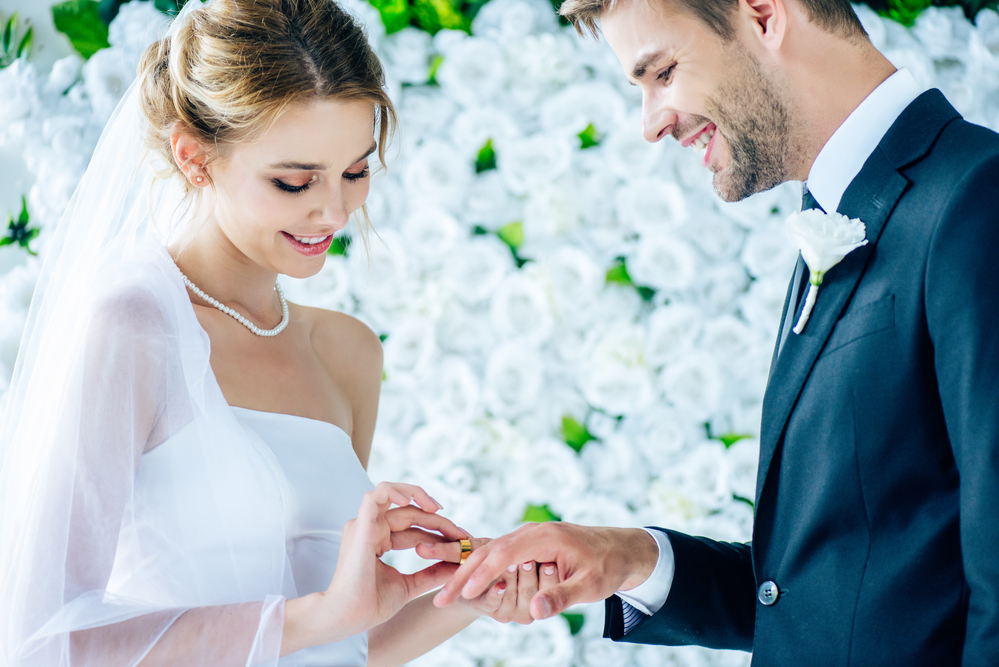Marriage is a social institution that has evolved over time and has different meanings across cultures. In its most basic form, marriage is a legally recognized union between two individuals, typically involving a public ceremony and some form of commitment to each other. Throughout history, the concept of marriage has taken on different forms and meanings and has been influenced by a variety of factors, including religion, politics, and social norms.
Defining Marriage Across Cultures and Time
In some cultures, marriage is a union between two individuals for love and companionship, while in others it is primarily a means of creating alliances between families or communities. In certain societies, polygamy and polyandry are accepted forms of marriage, while in others, monogamy is the norm. The legal and social recognition of same-sex marriage has also been a matter of debate and controversy in many societies. The definition of marriage is shaped by a complex web of factors, including religion, social norms, economic and political structures, and individual preferences.
The Emergence of Pair Bonding in Early Humans
Pair bonding, the formation of a long-term, exclusive relationship between two individuals, is observed in many animal species, including humans. The emergence of pair bonding in early humans is a topic of ongoing debate and research. Theories suggest that pair bonding in humans arose as a means of increasing the survival and reproductive success of offspring or as a result of increased cognitive abilities.
Ancient Marriage: Marital Practices in Mesopotamia, Egypt, Greece, and Rome
Ancient marriage practices varied widely in Mesopotamia, Egypt, Greece, and Rome. In Mesopotamia, marriage was primarily a legal and economic contract between families, while in Egypt, marriage was a more romantic and emotional bond between two individuals. In Greece, marriages were arranged and involved elaborate rituals, while in Rome, marriages were often used to forge political alliances. Polygamy was practiced in Mesopotamia and Egypt, but monogamy was the norm in Greece and Rome. Despite these differences, ancient marriage practices were all influenced by cultural and social norms and played an important role in shaping the structure and function of ancient societies.
Medieval Marriage: Christian Marriage and the Rise of Monogamy in Europe
Medieval marriage was heavily influenced by Christian beliefs and the Church’s teachings. Marriage was seen as a sacred institution between one man and one woman, and monogamy became the norm throughout Europe. The Church played a significant role in regulating marriage, setting rules and requirements, and dissolving marriages that were not deemed valid. Marriages were often arranged and served as a way to strengthen political alliances and increase social status.
Marriage in the Renaissance: Love, Romance, and the Birth of the Modern Wedding
Marriage during the Renaissance marked a shift towards greater emphasis on romantic love and individual choice. The concept of courtly love emerged, promoting romantic ideals and poetry, which influenced the way people thought about relationships. The wedding ceremony also evolved, becoming more elaborate and decorative, with the bride wearing a white gown and veil. The Church continued to play a significant role in regulating marriage, but the secularization of society allowed for greater freedom and individual expression in choosing a partner. The Renaissance marked the beginning of modern-day marriage and the importance of love and romance in the institution.
Marriage in the Enlightenment: Marriage as a Contract and the Emergence of Companionate Marriage
Marriage during the Enlightenment was viewed as a social contract between two individuals, with each partner having specific roles and responsibilities. The concept of companionate marriage emerged, emphasizing emotional intimacy and friendship between partners, rather than simply being a union for financial or political gain. Education and equality between partners became more important, with women gaining greater rights and access to education.
Marriage in the Industrial Revolution: Marriage and the Middle Class
During the Industrial Revolution, marriage became increasingly important for the middle class as a way to maintain social status and secure financial stability. Middle-class couples tended to marry for love, and the wedding ceremony became more elaborate and expensive. However, working-class couples often delayed marriage due to financial instability and limited opportunities for upward mobility. Women’s roles in marriage also shifted, with greater emphasis on domestic duties and child-rearing. The Industrial Revolution marked a period of significant change in the institution of marriage, reflecting the social and economic changes of the time.
Marriage in the 20th Century: Marriage and Gender Roles, Sexual Revolution, and Marriage Equality
In the 20th century, marriage underwent significant changes as society shifted towards greater gender equality and social liberation. The feminist movement challenged traditional gender roles and expectations within marriage, leading to more egalitarian relationships. The sexual revolution challenged traditional views of sexuality, leading to greater acceptance of premarital sex and alternative forms of relationships. The movement towards marriage equality resulted in the legal recognition of same-sex marriage. These changes reflect the evolving social and cultural norms of the 20th century, which continue to shape the institution of marriage today.
Marriage in the 21st Century: Changing Attitudes towards Marriage and the Future of Marriage
In the 21st century, attitudes toward marriage continue to evolve. There is a growing trend toward delaying marriage, with individuals choosing to focus on education, careers, and personal development before settling down. Non-traditional forms of relationships, such as cohabitation and open marriages, are becoming more accepted, and the institution of marriage itself is being redefined to be more inclusive of different forms of partnership.
Conclusion
Marriage has evolved over time and continues to be an important institution in modern society. While there are many challenges that couples face, there are also many resources available to help them navigate these challenges and build strong and fulfilling relationships. If you are facing challenges in your marriage, don’t hesitate to reach out for help. Marriage counseling in Westchester, NY, can provide the support and guidance that you need to build a healthy and lasting relationship.

